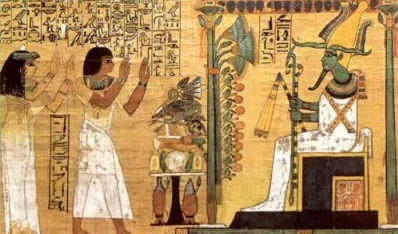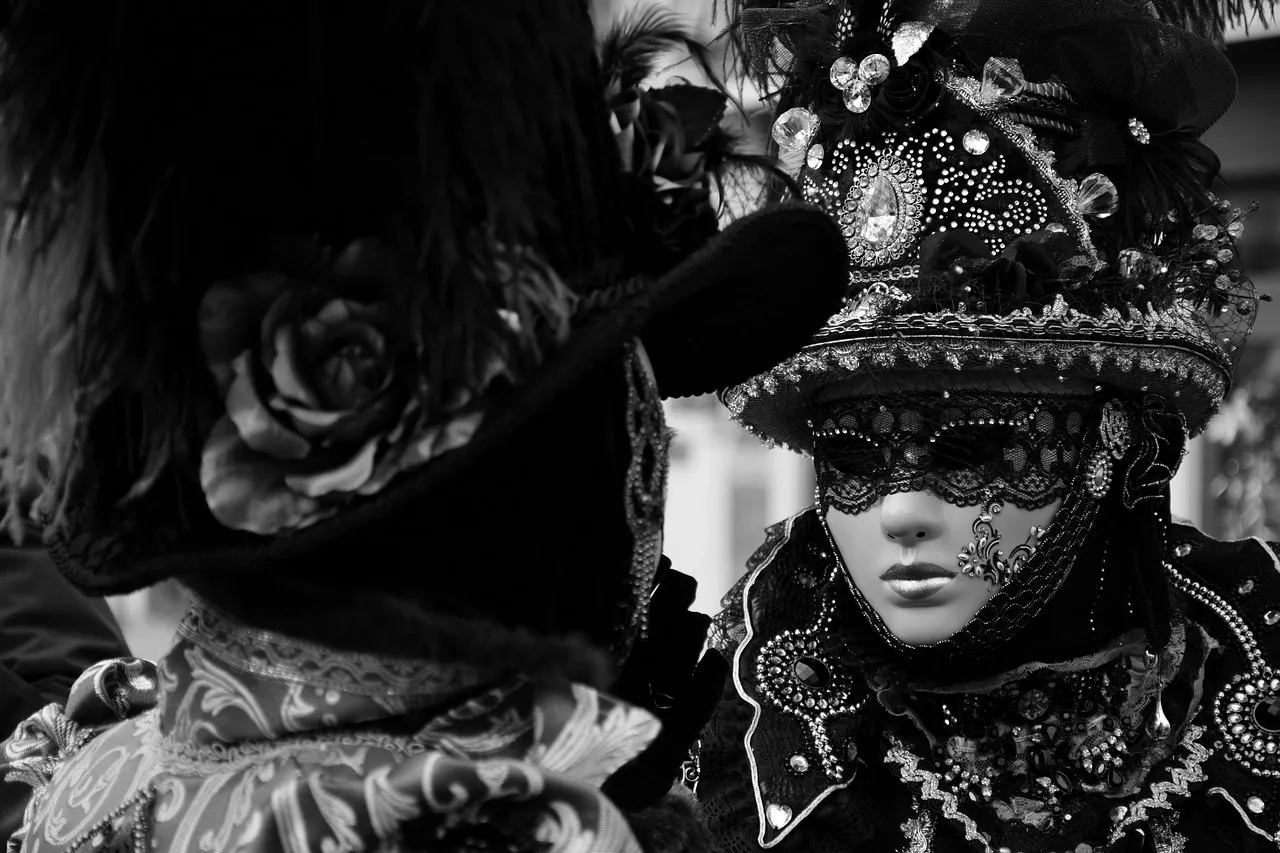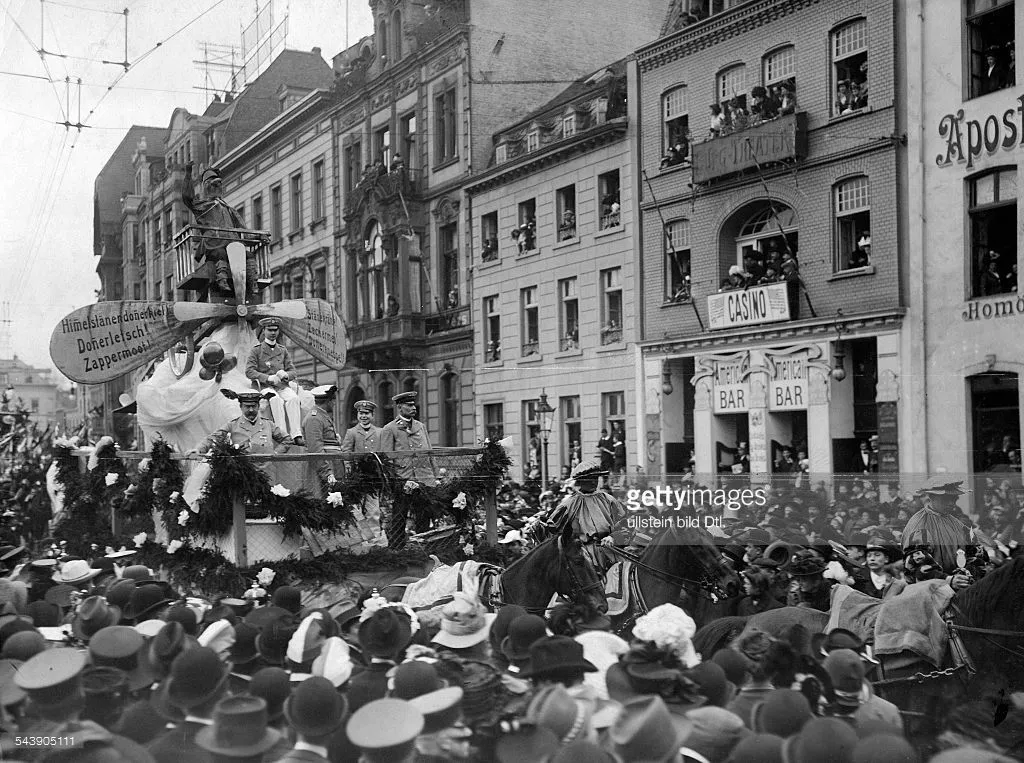Carnival is a global festival celebrated in over 50 countries.

Carnival was firstly introduced as a pagan festival, in Ancient Egypt,to usher out winter and celebrate the begging of spring.At the time,winter was thought of as the reign of the winter spirits; these needed to be driven out in order for the summer to return.Carnival was regarded as the first spring festival of the new year.

For many common people,the carnival,was perceived as their last chance to eat well.After many centuries,when Alexander the Great conquered Egypt,Ancient Greeks adopted the festival.Romans assimilated the festival from the Greeks and many years later it was spread with Cristian meaning to become later the festival of ‘’Carne’’ ‘’Vale’’.
Carne=meat (in Latin)
Vale=farewell (in latin )
In the middle ages,Carnival did not just take a few days but was celebrated from the end of Christmas and the beginning of Lent.In the Catholic calendar ‘’farewell to meat’’ was a feast before the fast of Lent. Between December and February, Catholic populations used several Catholic holidays as an outlet for their daily frustrations.
In 18th-century Italy, people preparing for Lent liked to dress really well before the fast.The Carnival of Venice was,for a very long time,the most famous one.
Even though Napoleon tried to abolish it in 1797,it was restored just two years later

As Christianity become the most accepted religion in Europe,Christian traditions spread as well.
In 1823,the first modern carnival parade took place in Cologne.Carnaval was introduced more and more to the public mixing in that way pagan traditions with Cristian.Pre-Lenten celebrations featured parades, costumes, masks to make the whole festival more fun and pleasure.

Image by Getty Images
Colonization made the festival global years later,exporting it across many countries and continents. Portuguese immigrants introduced it to Brazil.It was celebrated by lively crowds who threw lime-scented water at each another.It was primarily enjoyed by poor people, whose costumes would mock the clothes and mannerisms of the rich.
On the Caribbean island of Trinidad and Tobago, French colonists brought the festival and celebrated it before the commencement of the Lenten season.For them,it was a season of happy and elegant festivities extending from Christmas to Ash Wednesday.
The festivities included dinners, concerts ,hunting parties and funny games.
African slaves brought from Europe did not participate in the festivities until 1833 when Emancipation Bill passed.Africans mixed their culture with carnaval introducing Canboulay to its festivities.
In the American South,it is called Mardi Gras,In Switzerland it’s Fastnacht while in India it’s only celebrated in the southern state of Goa,where Portuguese ruled the land for over 4 centuries.
But for those believing that Carnival is only a celebration of the sun check your stats again.Quebec holds the third place in carnival celebrations amongst the world.
From humble beginnings,the idea involved mass indulgence shows,costumes, musical performances,food and drinks. A period of huge entertainment and happenings contributing billions of dollars to the party.Rio de Janeiro,the world biggest carnival celebration,welcomes every year at least 1 million tourists ,who support almost with a billion the city’s economy.

Carnival’s exact dates are not fixed as they depend on each year Easter plus every city celebrates in a different time set.But the important fact is that they all share the same passion,fun and excitement.
Sources: Youtube
http://time.com/4209973/carnival-brazil-rio-de-jeneiro/
https://en.wikipedia.org/wiki/Carnival
https://www.forbes.com/2006/02/22/mardi-gras-carnival-cx_sb_0223feat2.html#684fd77e4ce5
http://www.ncctt.org/new/index.php/carnival-history/history-of-carnival.html